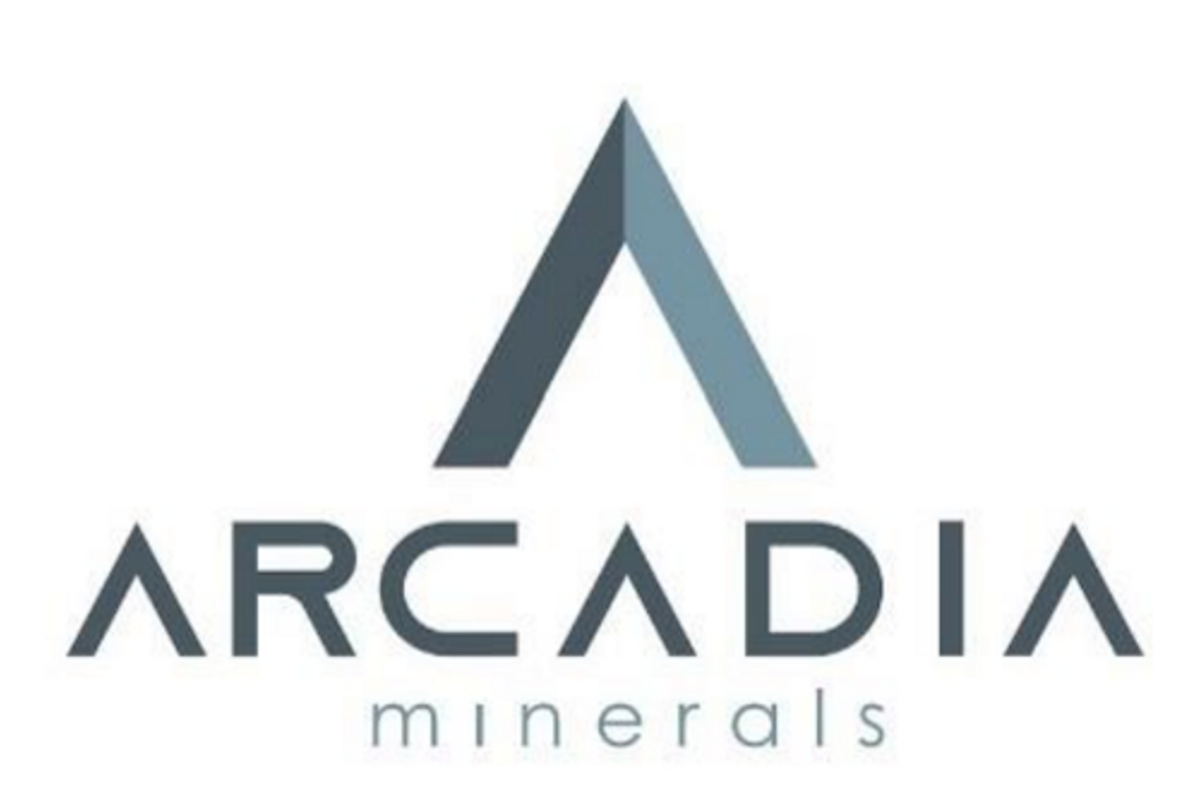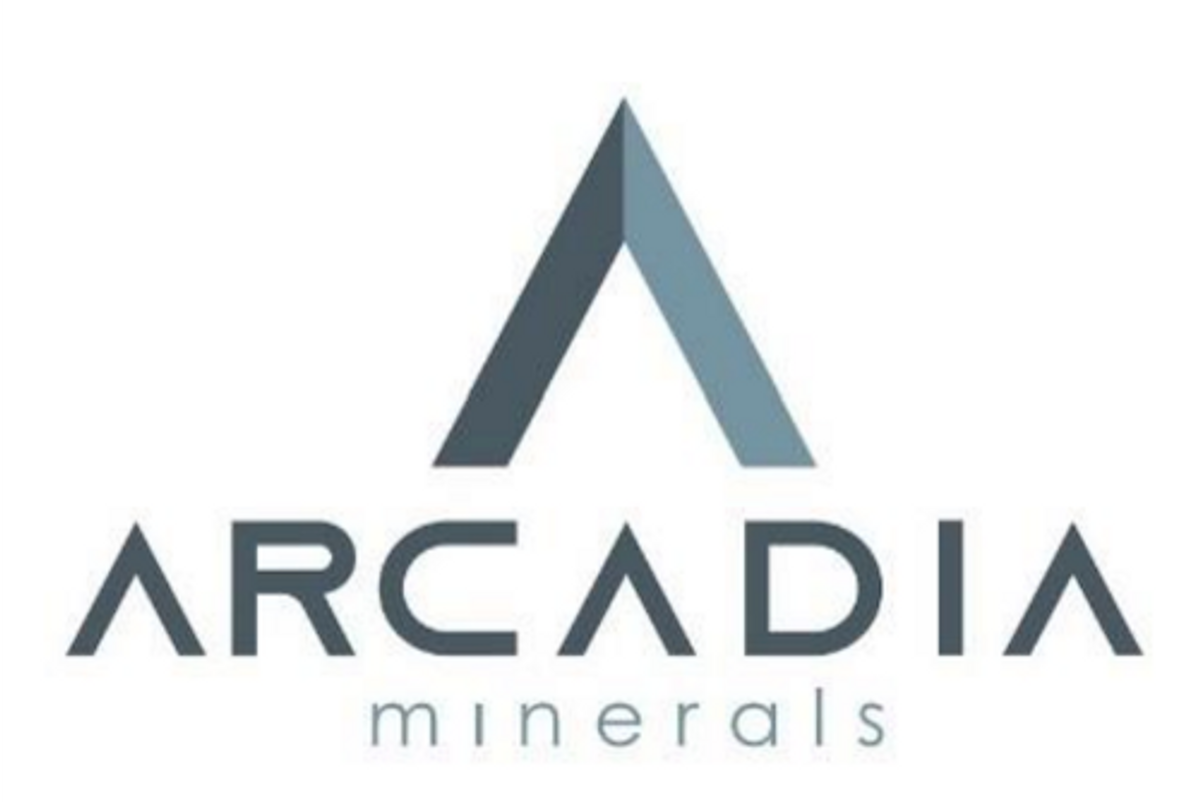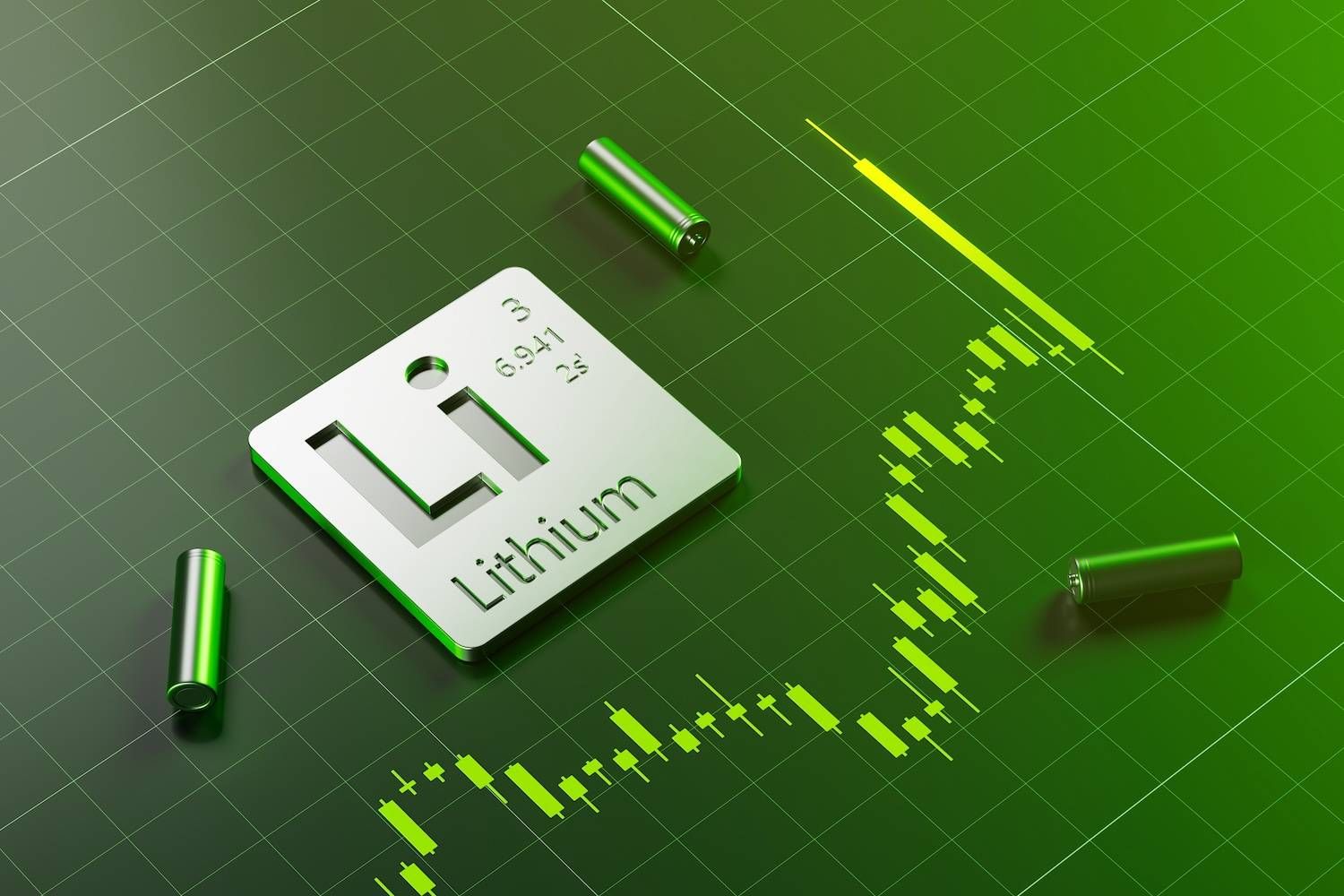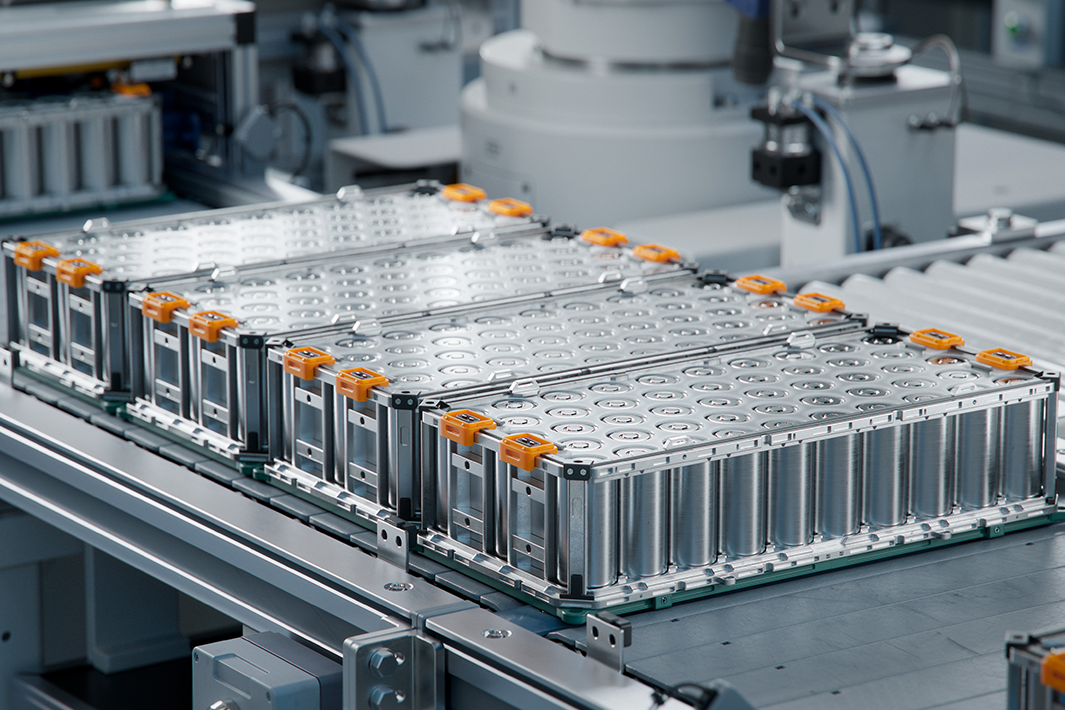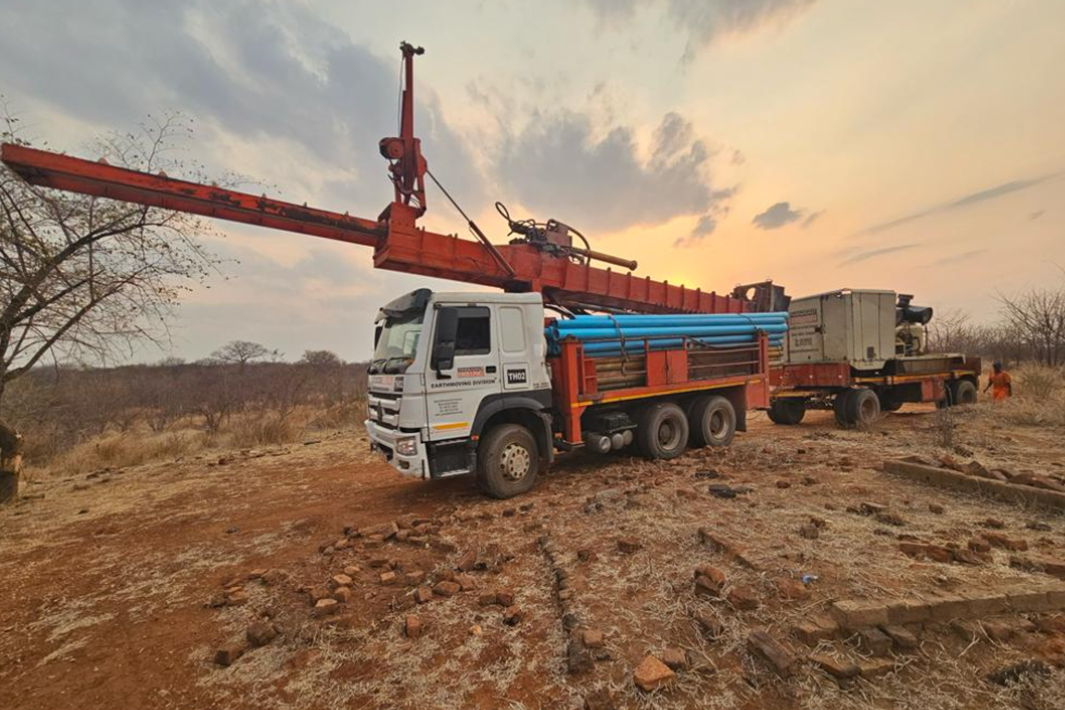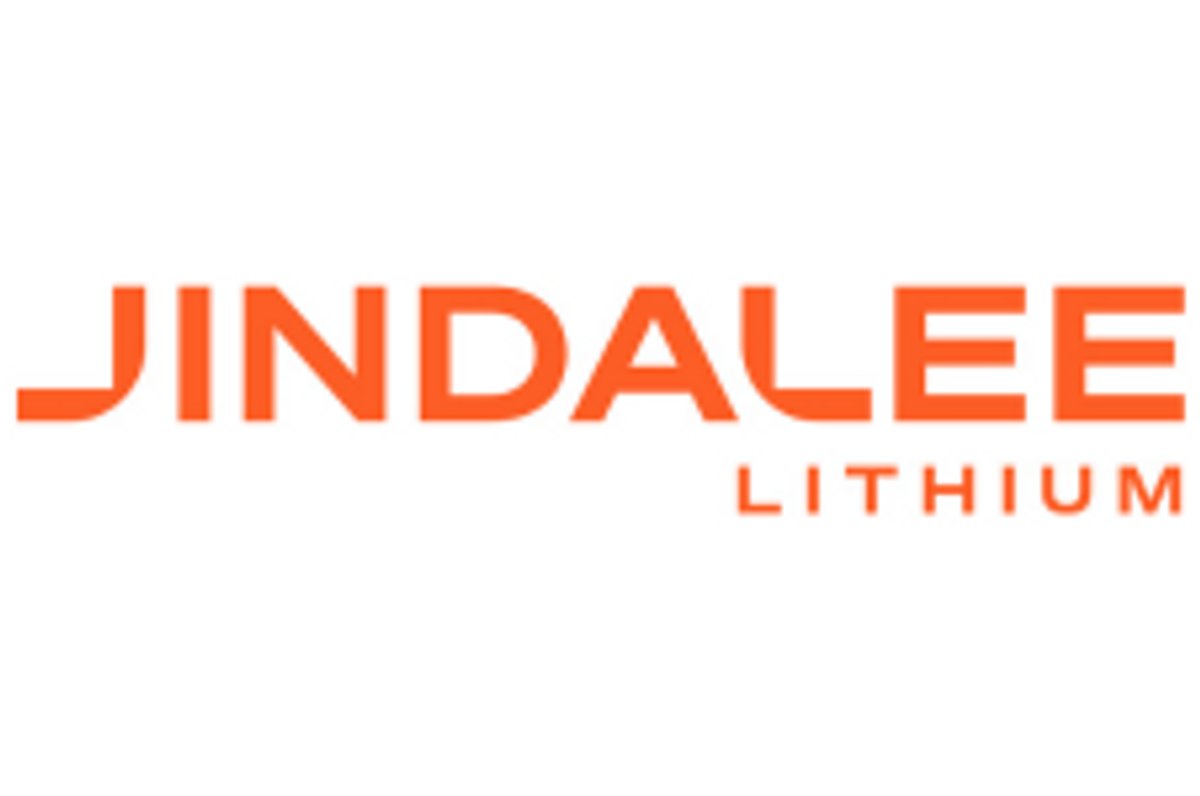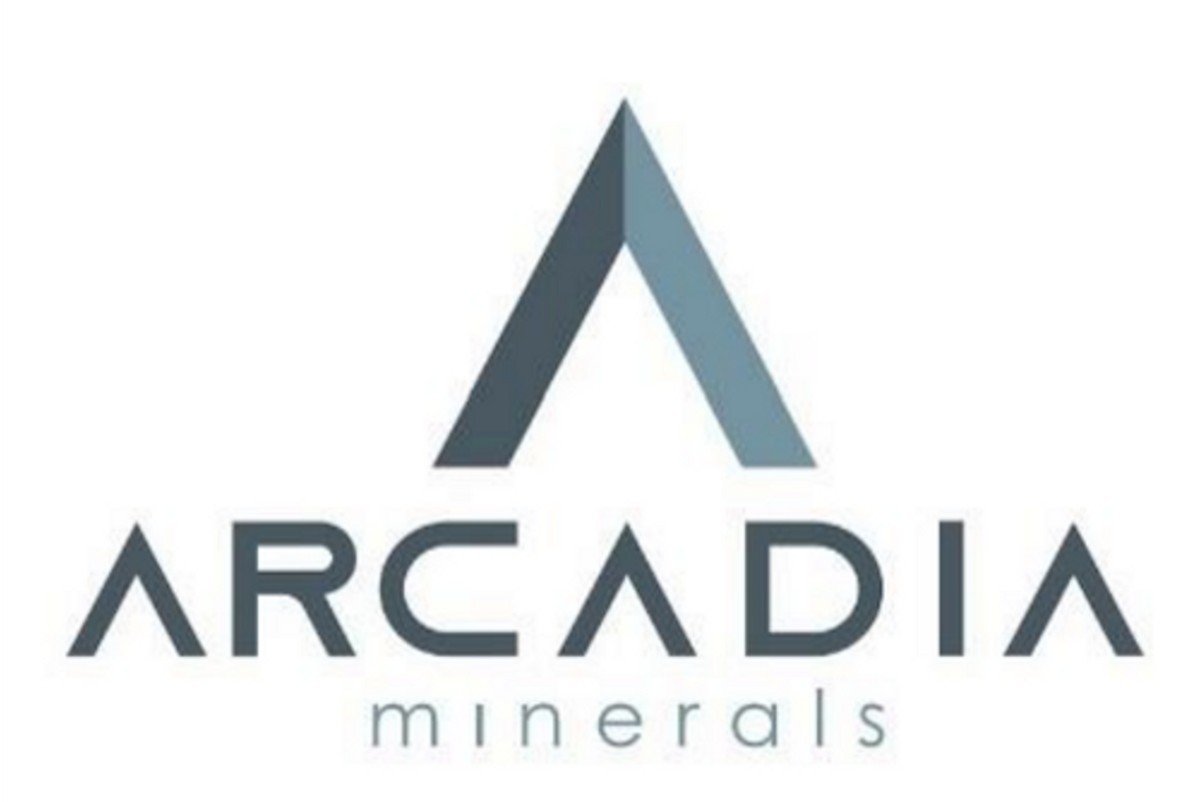
November 21, 2022
Arcadia Minerals Ltd (ASX:AM7, FRA:8OH) (Arcadia or the Company), the diversified exploration company targeting a suite of projects aimed at Tantalum, Lithium (Clays & Brines), Nickel, Copper and Gold in Namibia, is pleased to announce the assay results for the first hole drilled at Madube pan, have intersected similar grades to the Eden Pan, where a Lithium JORC Mineral Resource has previously been defined.
HIGHLIGHTS
- Assay results received for the first hole drilled at Madube Pan, MDB01 indicate similar lithium grades to that of the holes drilled at Eden Pan
- Current JORC Mineral Resource defined over Eden Lithium Pan of 286,909t Li2CO3(LCE)1, expected to increase from Madube drilling
- All holes drilled to date at the Eden and Madube Pans were drilled from surface and with grades increasing to depth
- Eight of the eleven holes completed at Madube to date intersected similar lithology of green clay units as in the Eden Lithium Pan2
- Clay units intersected to date at Madube pan are 44% thicker than units of Eden Pan
- Positive Lithium confirmation has resulted in the Company planning an additional nine (9) drill holes (i.e Program increased from 15 to 24 holes) on a 500m grid over Madube pan, with drilling to now be completed in December 2022
Philip le Roux, the Chief Executive of Arcadia stated: “We are encouraged that the tenor of mineralisation over the Madube pan seems to replicate that which we’ve encountered over the Eden Pan. Considering the wider intercepts and similar mineralisation levels encountered at the Madube Pan, we are hopeful that it could lead to a meaningful expansion of the existing Mineral Resource over the Bitterwasser Clay project once drilling has been completed.”
Similar Grades Intersected at Madube Pan to that of Eden Pan
The assay results of the first hole drilled at Madube pan, MDB01, indicate that the grades within the green clay units intersected are similar to the grades of the green clays at Eden pan. Previous drilling over the Eden pan, resulted in an Inferred JORC1 Mineral Resource for the green clays of 85.2 million tons at 633 ppm Li for 286,909-ton Lithium Carbonate using a 500 ppm Li cut-off. Utilising a similar cut-off at the Madube Pan, drill hole MDB01 resulted in a 9.6m mineralised intersection at an average grade of 605 ppm Li.
This article includes content from Arcadia Minerals, licensed for the purpose of publishing on Investing News Australia. This article does not constitute financial product advice. It is your responsibility to perform proper due diligence before acting upon any information provided here. Please refer to our full disclaimer here.
AM7:AU
The Conversation (0)
11 September 2021
Arcadia Minerals
A Battery Metal Explorer Operating Within Resource-Rich Namibia
A Battery Metal Explorer Operating Within Resource-Rich Namibia Keep Reading...
23 September 2022
Drilling Completed At Karibib Copper-Gold Project
Arcadia Minerals Ltd (ASX:AM7, FRA:8OH) (Arcadia or the Company), the diversified exploration company targeting a suite of projects aimed at Tantalum, Lithium, Nickel, Copper and Gold in Namibia, is pleased to announce that its drilling contractor Hammerstein Mining and Drilling completed a 551m... Keep Reading...
29 August 2022
Drilling Commenced At Karibib Copper-Gold Project
Arcadia Minerals Ltd (ASX:AM7, FRA:8OH) (Arcadia or the Company), the diversified exploration company targeting a suite of projects aimed at Tantalum, Lithium, Nickel, Copper and Gold in Namibia, is pleased to announce that it instructed Hammerstein Mining and Drilling to execute a 526m RC... Keep Reading...
29 July 2022
Quarterly Activities Report – June Quarter 2022
Arcadia Minerals Limited (ASX:AM7, FRA:8OH) (Arcadia, AM7 or the Company), the diversified exploration company targeting a suite of battery metal projects aimed at Lithium, Tantalum, Nickel, Copper and Gold in Namibia, is pleased to provide its quarterly activities report for the period ending... Keep Reading...
09 May 2022
Kum-Kum Nickel Project Mineral Systems Approach Results
Arcadia Minerals Ltd (ASX:AM7, FRA:8OH) (Arcadia or the Company), the diversified exploration company targeting a suite of projects aimed at Tantalum, Lithium, Nickel, Copper and Gold in Namibia, is pleased to announce that the Department of Earth Sciences at the University of Stellenbosch... Keep Reading...
23h
Liontown's First Tjiwarl Member Completes Apprenticeship at Kathleen Valley
Liontown (ASX:LTR,OTC Pink:LINRF) has reached a milestone at its Kathleen Valley operations, with Vaughan Harris becoming the first Tjiwarl community member to complete an apprenticeship with the company.“Being the first Tjiwarl apprentice to complete an apprenticeship here at Liontown feels... Keep Reading...
22 December
Lithium Market 2025 Year-End Review
The global lithium market endured a bruising 2025, with persistent oversupply and softer-than-expected electric vehicle (EV) demand driving prices for the battery metal to multi-year lows.Lithium carbonate prices in North Asia slipped below US$9,550 per metric ton in February — their weakest... Keep Reading...
11 December
Mining the Gap: 5 Forces Shaping North America’s Lithium Supply Chain
A convergence of industry investments, government initiatives and a shifting global trade dynamic is creating an environment ripe for the development of a North American battery supply chain, with lithium playing a leading role. These trends are reshaping the region’s industrial base and opening... Keep Reading...
10 December
Rock Bottom: Strategic Window for Ground-level Lithium Investment
When lithium prices hit bottom, savvy investors know that’s exactly where the next big discovery begins — literally. Beneath the surface of global markets and remote exploration grounds, new opportunities are forming in the wake of a sharp price reset and renewed geopolitical urgency.Recent... Keep Reading...
10 December
Liontown Resources Pens Lithium Offtake Agreement with China's Canmax
Liontown Resources (ASX:LTR,OTC Pink:LINRF) has executed a binding offtake agreement with Chinese conglomerate Canmax Technologies (SZSE:300390) as part of its strategy to diversify its customer base.“Listed on the Shenzhen Stock Exchange, Canmax is one of the world’s leading manufacturers of... Keep Reading...
08 December
Trading Halt
Jindalee Lithium (JLL:AU) has announced Trading HaltDownload the PDF here. Keep Reading...
Latest News
Interactive Chart
Latest Press Releases
Related News
TOP STOCKS
American Battery4.030.24
Aion Therapeutic0.10-0.01
Cybin Corp2.140.00
